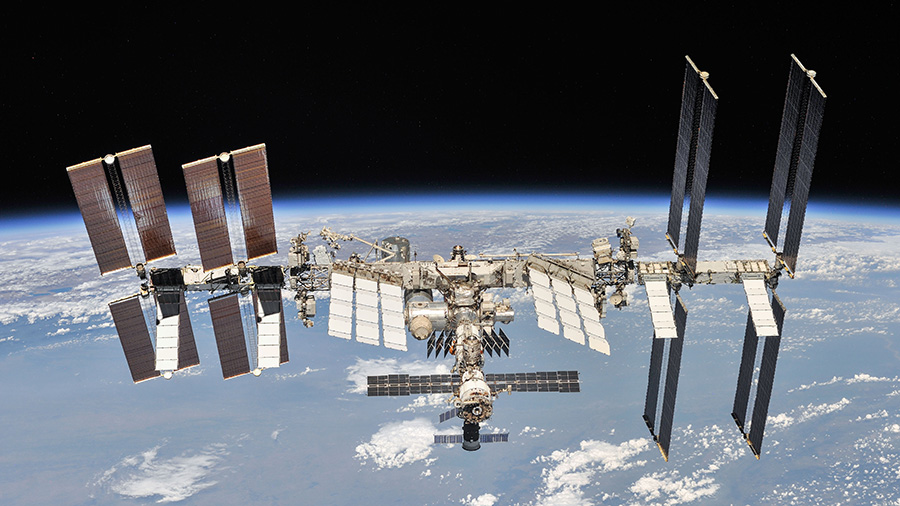
The International Space Station partners have committed to extending the operations of this unique platform in low Earth orbit where, for more than 22 years, humans have lived and worked for the benefit of humanity, conducting cutting-edge science and research in microgravity. The United States, Japan, Canada, and the participating countries of ESA (European Space Agency) have confirmed they will support continued space station operations through 2030 and Russia has confirmed it will support continued station operations through 2028. NASA will continue to work with its partner agencies to ensure an uninterrupted presence in low Earth orbit, as well as a safe and orderly transition from the space station to commercial platforms in the future.
“The International Space Station is an incredible partnership with a common goal to advance science and exploration,” said Robyn Gatens, director of the International Space Station Division at NASA Headquarters in Washington. “Extending our time aboard this amazing platform allows us to reap the benefits of more than two decades of experiments and technology demonstrations, as well as continue to materialize even greater discovery to come.”
Since its launch in 1998, the International Space Station has been visited by 266 individuals from 20 countries. The space station is a unique scientific platform where crew members conduct experiments across multiple disciplines of research, including Earth and space science, biology, human physiology, physical sciences and technology demonstrations that could not be done on Earth. The crew living aboard the station are the hands of thousands of researchers on the ground conducting more than 3,300 experiments in microgravity. Now, in its third decade of operations, the station is in the decade of results when the platform can maximize its scientific return. Results are compounding, new benefits are materializing, and innovative research and technology demonstrations are building on previous work.
The space station is one of the most complex international collaborations ever attempted. It was designed to be interdependent, relies on contributions from across the partnership to function, and no partner currently has the capability to operate the space station without the other.
With a continued foothold in low Earth orbit, NASA’s Artemis missions are underway, setting up a long-term presence at the Moon for science and exploration.
Read more about the International Space Station benefits for humanity: https://www.nasa.gov/mission_pages/station/research/news/benefits-2022-book
Learn more about station activities by following the space station blog, @space_station and @ISS_Research on Twitter, as well as the ISS Facebook and ISS Instagram accounts.
Get weekly video highlights at: https://roundupreads.jsc.nasa.gov/videoupdate/
Get the latest from NASA delivered every week. Subscribe here: www.nasa.gov/subscribe

This is very good news which will help us achieve our goals in space.
Why can you see flowers?can you see us? do you have phones? what does the space look like?
Etta, 5 year old Californian
The space station orbits over 250 miles above the earth. It is impossible to see flowers from that altitude, but astronauts can see larger features such as mountains, forests, lakes, rivers, and cities. Check out this gallery of Earth, aurora, and star images from the space station…
https://flic.kr/s/aHsmACYoYM
https://flic.kr/s/aHskiySBdS
https://flic.kr/s/aHskU6gZFC
The astronauts use space station communications gear to call down to family.
Great news…! ️
ஆராய்ச்சியை வரவேற்கிறேன்
Hello
My name is Ziyad, I am 16 years old, I study in high school Residing in Morocco.
I hope to work at NASA in the future Because I love toexplore , And I love NASA.
What can I do to achieve my dream in the future?
Please visit this link for information about NASA jobs and requirements… https://www.nasa.gov/careers